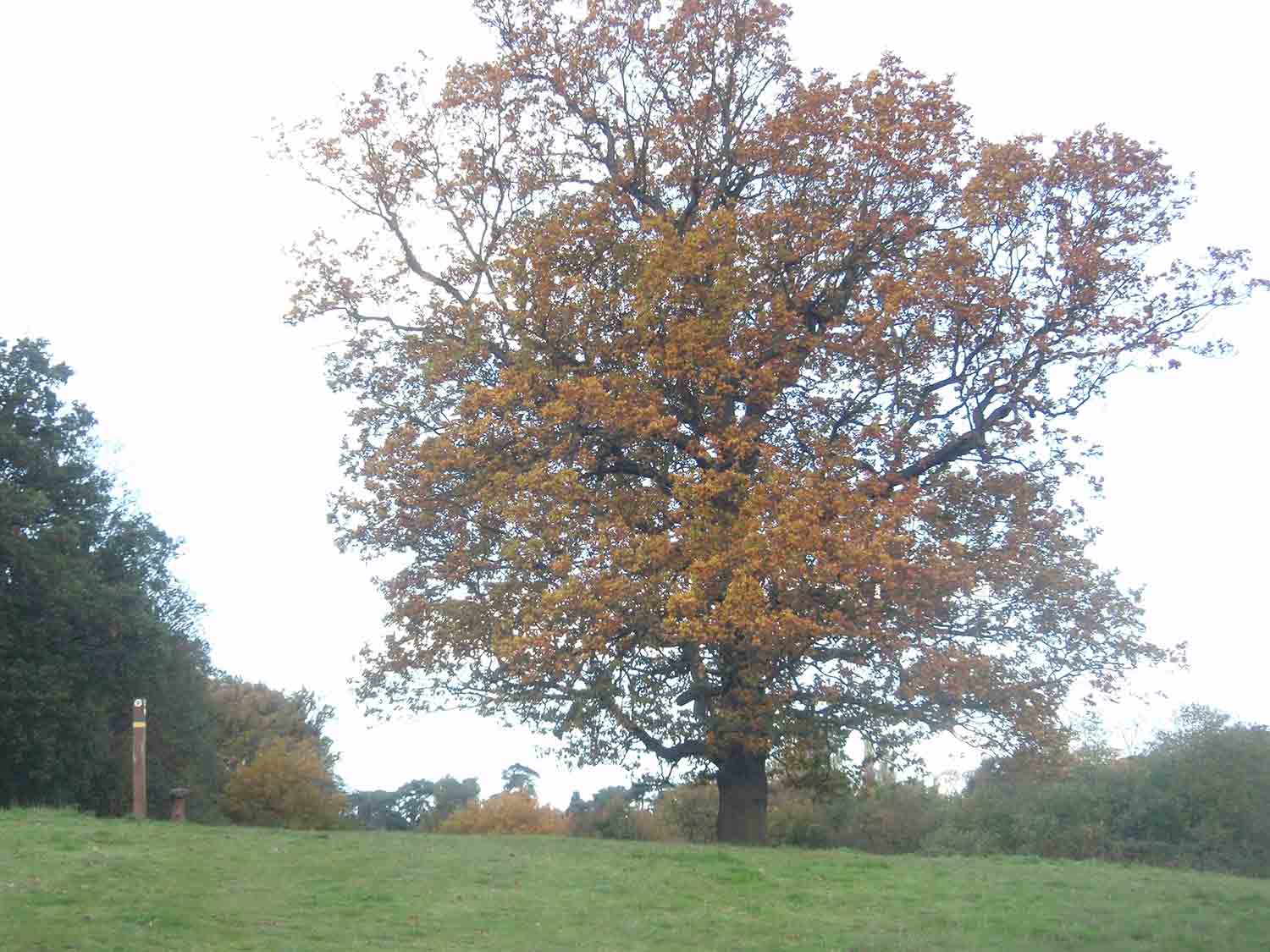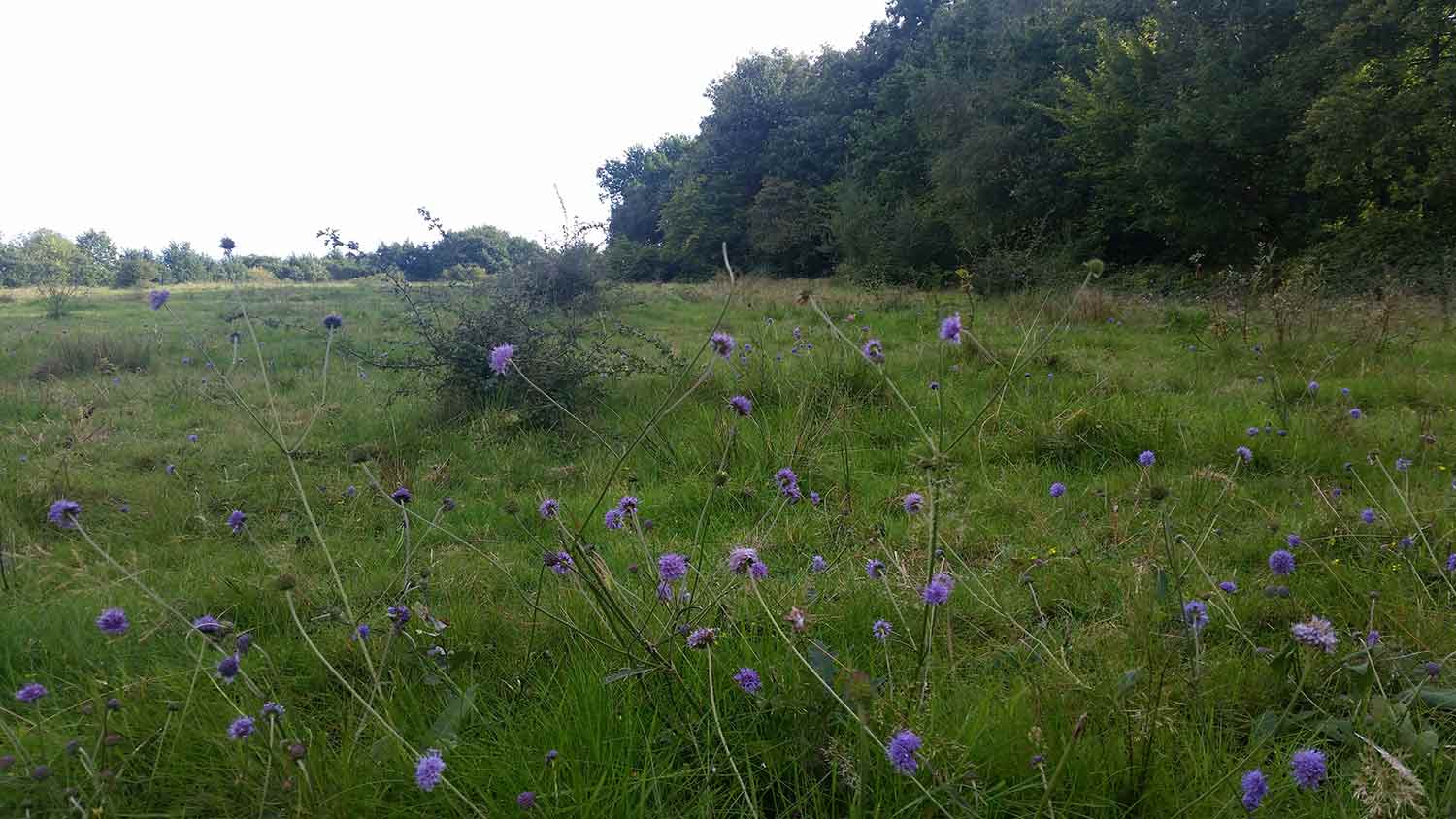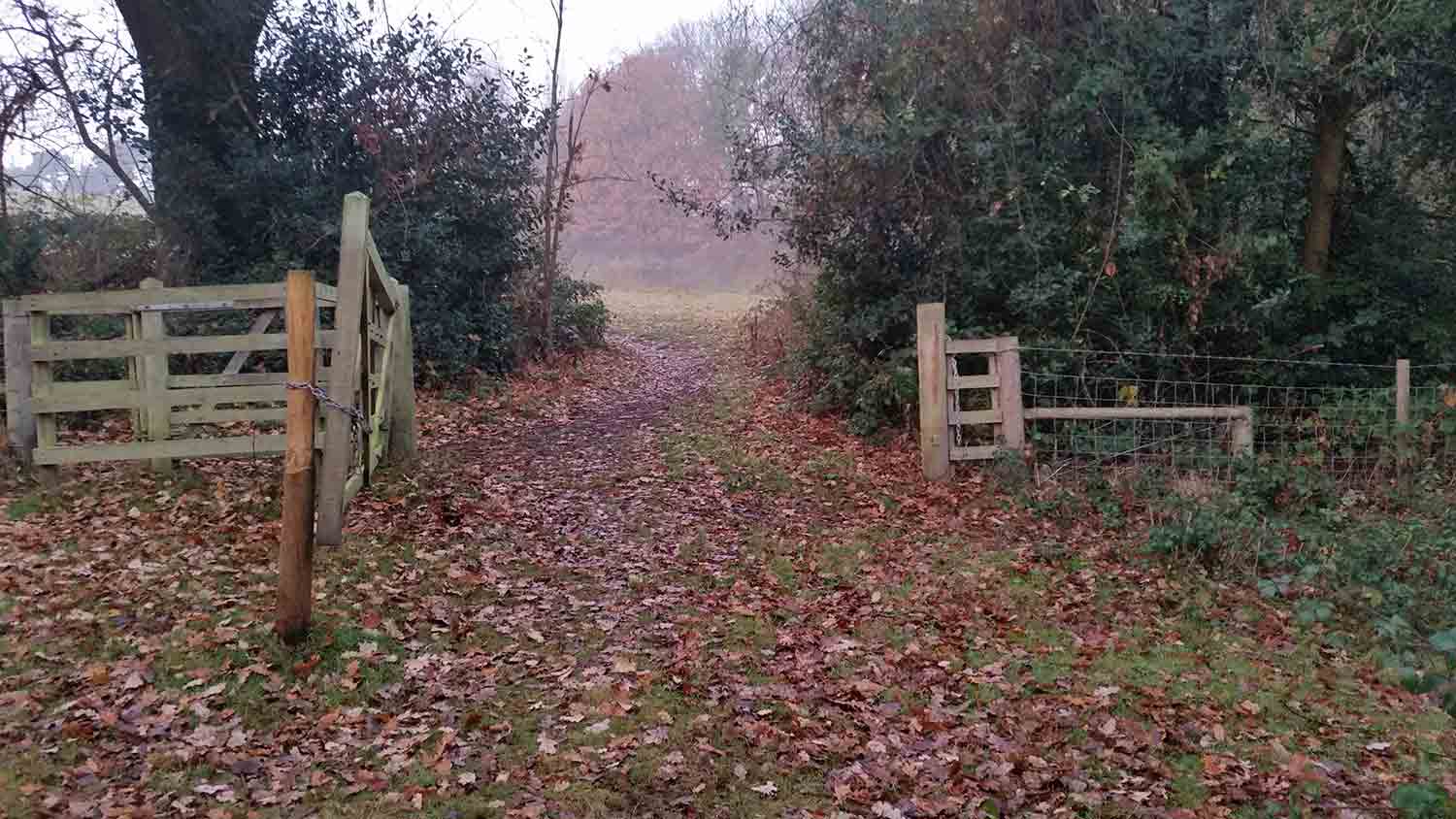tREES, FLOWERS AND habitats
Mill Meadows is one of the finest ancient meadow systems in Essex. Centuries of grazing have created the ideal conditions for a wonderful diversity of trees, wildflowers and fungi, many of which are rare. .
Trees
There are a wide variety of trees in Mill Meadows, some dating back over a hundreds years.
Veteran Trees
A Veteran Tree is one of great age, size, condition or rarity that makes it exceptionally valuable for wildlife or as a feature in the landscape.
There are about 90 Veteran Trees at Mill Meadows. Many of these older trees are found in field boundaries. The range of species includes Alder, Ash, Birch, Field Maple, Goat Willow, Hawthorn, Hazel, Holly, Hornbeam, Oak and Scots Pine. There is also one Larch and a few small Elm.Thanks to the unchanged field boundaries in the reserve, these trees have grown undisturbed for hundreds of years.
Scots Pines
The row of Scots Pines were planted circa 1900 when Mill Meadows was owned by the Ward family as part of the Gatwick Estate. Scots Pine is an evergreen tree and one of the 3 conifers native to the UK.
As they grow older the bark will turn redder. Goldcrests, our smallest native bird breed in the trees and Coal Tits favour them for feeding.
WILDFlowerS
There are Common Spotted Orchids, Heath Spotted-orchids and some which are hybrids of the two species which flower at certain times of the year. These can be found in the SSSI fields. Other wildflowers important to Mill Meadows, because they are uncommon locally, include:
● Common Knapweed
● Cowslip
● Cuckooflower
● Devils-bit Scabious,
● Ox-eye Daisy
● Birds-foot Trefoil
● Betony
● Sneezewort
● Harebell
Fungi
Many species of fungi are found in the grassland or growing on trees. Mill Meadows is particularly important for waxcaps (genus Hygrocybe). In 2011, twelve species of waxcap were found making it a site of national importance at the time.
We advise that fungi should not be picked unless under expert supervision as many species are poisonous. The species list includes the Deceiver so named because of its similarity to edible mushrooms but that could be fatal if consumed.
Honey fungus may be found and, although picturesque, this has proved a fatal killer of some trees. On the trunks of fallen trees look for the Turkey Tail.
Keep an eye out for our Fungus Foray events that take place in the Autumn.
Grasses and scrub
Grasses
Many of the fieds, especially in the Site of Special Scientific Interest (SSSI), are unimproved neutral grassland with areas of lowland hay meadow and pasture. Important grasses and rushes include the following:
* Crested Dogs-tail (grass) Cynosuras cristatus
* Heath Grass Dantonia decumbens
* Red Fescue (grass) Festuca rubra
* Common Bent (grass) Agrostis capillaris
* Sharp-flowered Rush Juncus acutiflor
* field wood-rush Luzula campestris
Scrub
Scrub is the name given to vegetation such as brambles (blackberry), dog rose, hawthorn and blackthorn bushes or dense thickets of saplings, often mixed with long grass and nettles.
It is an extremely valuable wildlife habitat, providing food and shelter for insects, birds, reptiles and mammals. Scrub has to be controlled or it will invade other important habitats such as grassland and boggy areas and, if left unmanaged will eventually develop into secondary woodland.
On Mill Meadows, scrub has to removed from the Special Scientific Interest (SSSI) and is allowed to flourish in other areas in to provide a balance of wildlife habitats.
protection
A Site of Special Scientific Interest
An area of 16.63 acres (6.73 ha) of grassland in Mill Meadows is a particularly important area for flora. It has been declared as a Site of Special Scientific Interest (SSSI) which gives it special protection.

















